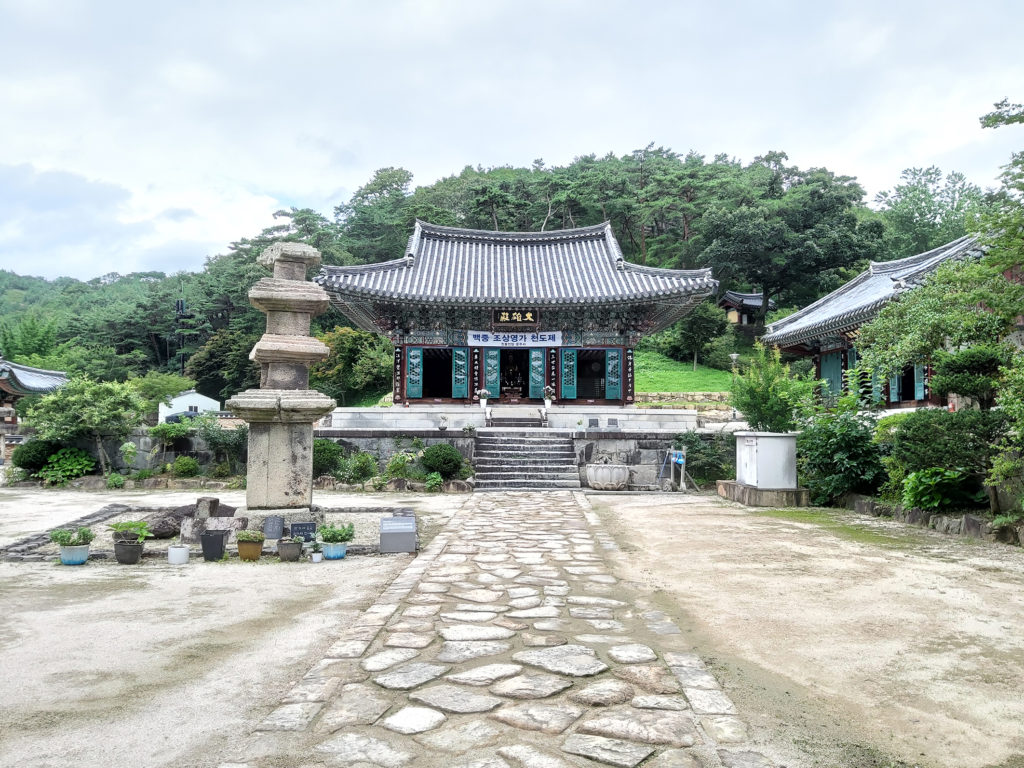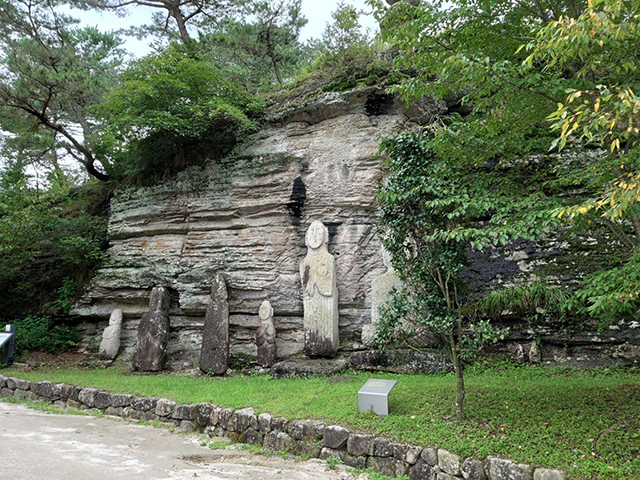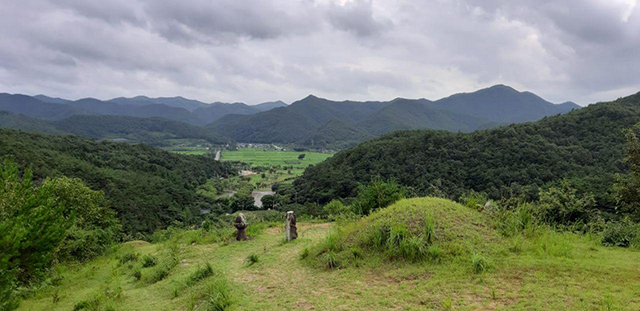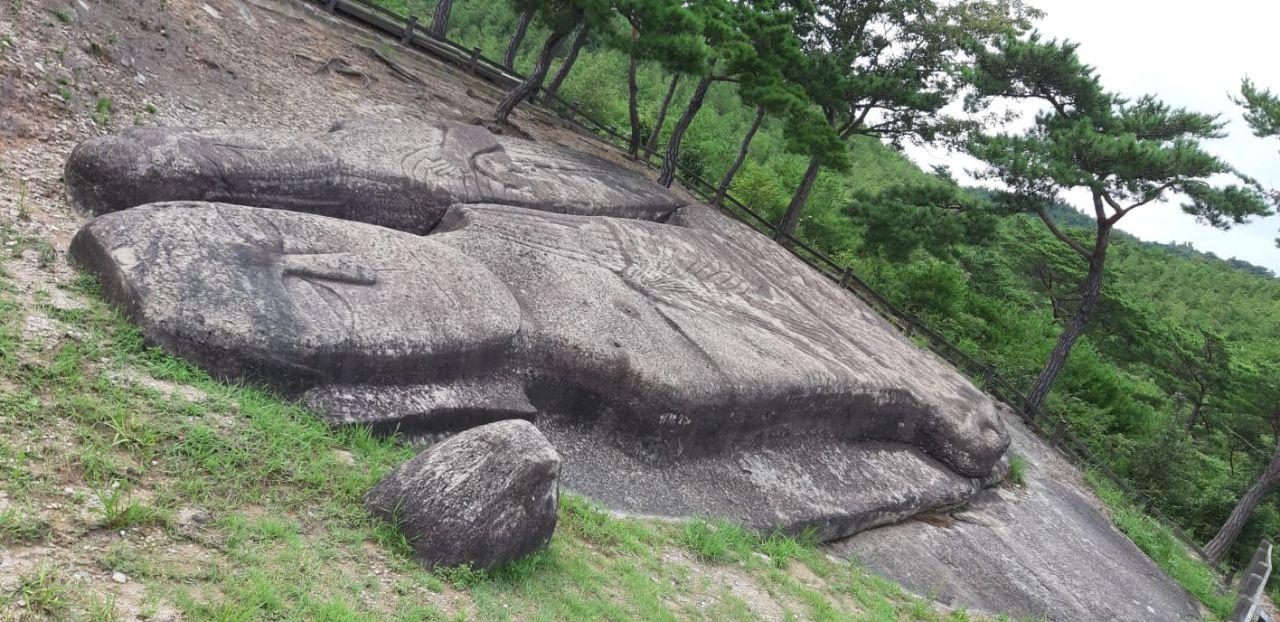Unjusa
The Temple of 1,000 Buddhas and 1,000 Pagodas
Written and photographed by Melline Galani.
Temples are an important part of the Korean landscape; from bigger to smaller or more famous to more unknown, they can be found almost everywhere. In the past three years, I have been traveling around Korea enough to visit many such places, but only a few have made a strong impression on me. Among these temples, there is one rather close to Gwangju, in Hwasun, Jeollanam-do, called Unjusa (운주사). I first discovered this place in 2015 while on vacation and was really impressed, promising myself I would return. I finally did so in August 2020.
Unjusa is less than 40 kilometers away from Gwangju, making it easy to visit. It is known among Koreans as “the temple of a thousand Buddhas and a thousand pagodas” because it is believed that about 1,000 statues of Buddha and pagodas originally existed there, lasting until the devastation of the Japanese invasions (Imjin War) of the 16th century. The reconstruction projects of the 19th and 20th centuries brought Unjusa to its present form. It is the only temple in the area to have these statues made of stone. It is quite unique, and its initial foundation has been estimated to date to the late 10th or early 11th century in the Goryeo Dynasty according to excavation research performed from 1984–89 by Chonnam National University1. Presently, it is home to some 21 pagodas and 94 additional sculptures of the Buddha2.

If you go by car, as I did, I suggest avoiding the expressway and taking the countryside roads. The scenery is breathtaking if you know how to look for and appreciate the beauty of nature. Moreover, this provides a good opportunity to take a closer look at life in the countryside, especially now that COVID-19 has affected us so deeply. For me, these kinds of trips on the sideroads are like a healing therapy.
The temple is located in a valley surrounded by hills. Just a couple hundred meters up the pathway, after the entrance gate, there is a collection of stone Buddhas lying in an open field. Going straight, there is a clearing where the vast majority of the temple’s pagodas and Buddha statues are located. The first of these pagodas is the Nine-Tier Stone Pagoda. This pagoda was created during the Goryeo Dynasty, is the tallest pagoda at the temple, and is made in a very simple style with no patterns or decorations on it.

Many Buddha images and pagodas are dispersed along the way to the peak. The stone Buddha statues of Unjusa are in various positions such as sleeping, standing, seated, or back-to-back. The statues and pagodas are spread all around, including in the surrounding hills. The trails are beautiful and along them a collection of stone statues and pagodas can be admired. Once you reach the top, the view of the Hwasun area unfolds before your eyes. Near the top lies a pair of twelve-meter-long stone sculptures of the Buddha from the Doseon-guksa creation myth3. They are called the Stone Statue of the Reclining Buddha, and they look as though they are sleeping. In Korean, they are referred to as wabul (와불).

A prosperous center of Buddhism in the past, Unjusa itself may not be spectacular or too different from other temples in Korea for some visitors. Its uniqueness lies in the stylistic characteristics and spatial arrangements of its stone Buddhist statues and pagodas, making it a must-see touristic destination in Jeollanam-do.
As it is a small temple, visiting Unjusa does not take long. Still, a short visit could be made into a longer one by enjoying the surrounding nature, enjoying a sandwich, or hiking in the neighboring mountains. My children and I spent two hours exploring the area, stopping to admire all the statues and pagodas, taking many pictures, and hiking all the trails on both sides of the temple. If your weekend allows for only a short trip and you want to get away from the confinement of the city to breathe in the nature of the countryside and the Korea of centuries past, consider a visit to the pagodas and Buddhas of Unjusa.

Unjusa (운주사)
Address: 91-44 Cheontae-ro, Doam-myeon, Hwasun-gun, Jeollanam-do
전남 화순군 도아면 천태로 91-44
Phone: 061-374-0660
Operating hours: Daily 9 a.m. – 6 p.m.,
Website: https://www.unjusa.kr/
Footnotes
1 Kim, Hee-tae. (2019). Unjusa Temple and its striking array of Buddhist statues and pagodas. Korean Heritage. http://www.koreanheritage.kr/feature/view.jsp?articleNo=19
2 Koreabridge. (2020). Unjusa (Hwasun, Jeollanam-do). http://koreabridge.net/post/unjusa-temple-%E2%80%93-%EC%9A%B4%EC%A3%BC%EC%82%AC-hwasun-jeollanam-do-dostoevsky2181
3 The famed monk Doseon-guksa (827–898 A.D.) established Unjusa. It is said that Doseon-guksa founded the temple based on the theory of geomancy. It was believed by Doseon-guksa that the land was like a ship. See http://www.san-shin.net/Doseon-guksa.html
THE AUTHOR
Melline Galani is a Romanian enthusiast, born and raised in the capital city of Bucharest, who is currently living in Gwangju. She likes new challenges and learning interesting things, and she is incurably optimistic. Instagram: @melligalanis







